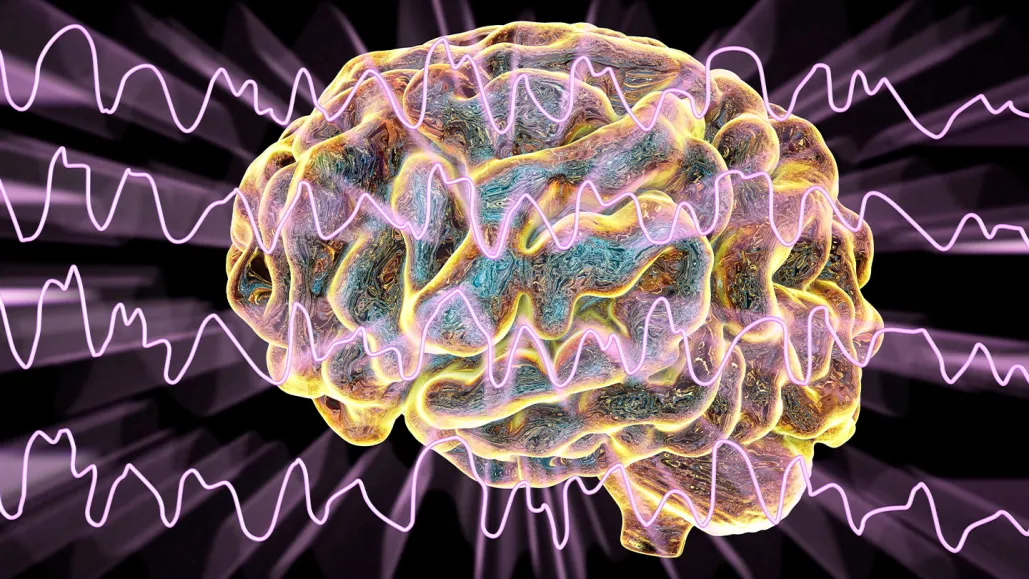Anesthesia is a medical marvel that allows patients to undergo surgery without pain or awareness. But how does it actually work on the brain and body? Understanding the science behind anesthesia helps patients appreciate the complexity and precision required to ensure safety and comfort during procedures. Anesthesiologists use a combination of drugs and monitoring techniques to create temporary, reversible states of unconsciousness, analgesia, and muscle relaxation.
How Anesthesia Affects the Brain
General anesthesia works by altering the communication between neurons in the brain. Key effects include:
- Loss of Consciousness: Anesthetic agents reduce the activity of certain brain regions, particularly the cerebral cortex, which is responsible for awareness and thought.
- Amnesia: Patients do not remember the surgery because anesthetics interfere with memory formation in the hippocampus.
- Pain Suppression: The brain’s perception of pain signals is blocked, preventing the patient from feeling discomfort.
Different drugs target specific receptors in the brain, such as GABA or NMDA receptors, which control excitatory and inhibitory neural activity. By carefully balancing these effects, anesthesiologists achieve the desired level of unconsciousness.
How Anesthesia Affects the Body
Anesthesia does more than affect the brain; it also influences multiple organ systems:
- Cardiovascular System: Some anesthetics can lower blood pressure or affect heart rate. Anesthesiologists monitor and adjust medications to maintain stability.
- Respiratory System: Anesthetics can depress breathing, so ventilators or oxygen supplementation may be used.
- Musculoskeletal System: Muscle relaxants prevent movement during surgery, making procedures safer for both patient and surgeon.
- Immune and Metabolic Systems: Anesthesia can affect stress responses and metabolism, which is considered during dosing and monitoring.
Types of Anesthesia and Their Mechanisms
- General Anesthesia: Produces full unconsciousness and systemic effects, often administered intravenously or via inhalation.
- Regional Anesthesia: Blocks nerve impulses in a specific area, preventing sensation while the patient remains awake.
- Local Anesthesia: Targets a small, specific area, numbing nerves without affecting consciousness.
- Sedation: Ranges from minimal to deep, reducing anxiety and discomfort while maintaining partial awareness.
Each type works by altering the nervous system in precise ways to achieve pain control and immobility.
Monitoring the Effects of Anesthesia
To ensure safety, anesthesiologists monitor:
- Brain activity using electroencephalography (EEG) or bispectral index (BIS) monitors
- Heart rate and rhythm
- Blood pressure
- Oxygen and carbon dioxide levels
- Muscle relaxation
This real-time data allows anesthesiologists to adjust drug levels for optimal safety and comfort.
The Role of Anesthesiologists
Anesthesiologists are experts in pharmacology, physiology, and critical care, enabling them to predict how drugs will affect each patient. They carefully select anesthetics, tailor dosages, and respond to any changes during surgery. Their skill ensures that anesthesia is both effective and reversible, allowing patients to wake safely with minimal side effects.
FAQs
1. How does anesthesia make me unconscious?
It temporarily suppresses neural activity in the brain, particularly in areas responsible for awareness and memory.
2. Do anesthetics affect only the brain?
No, they also influence the heart, lungs, muscles, and other organ systems.
3. Are the effects of anesthesia permanent?
No, anesthesia is fully reversible. Patients typically wake up within minutes to hours, depending on the drugs used.
4. Can anesthesia cause brain damage?
Serious complications are rare. Modern monitoring and careful dosing make anesthesia very safe for most patients.
5. Why do I sometimes feel groggy after anesthesia?
Residual drug effects and temporary changes in brain chemistry cause drowsiness and mild confusion, which resolve with time.

